Uncomfortable Talking About Yourself?
by Owen Garratt | The Art of Marketing
“But I’m just not comfortable talking about myself, or my art…!”
It’s one of those things that’s just “not done”, isn’t it?
N obody likes those types that think they’re so fascinating that they just can’t stop talking about themselves. They’re exhausting.
Braggarts. Bores. Loudmouths. Show offs. Hams. Gasbags.
Arseholes.
Nobody wants to be That Person.
Or that person who gets a little attention and has a sort of reverse Jeckle and Hyde transformation and begins swanning around with a bewildering and uncomfortable fakery.
If your childhood was anything like mine then you were actively discouraged from showboating and calling undue attention to yourself. Maybe even to the point of doing some damage.
And just like childhood programming about money and sex, this programming runs deep and is very, very difficult to work around.
The Myth of The Outgoing Personality
I’m not going to try and convince you that I’m a shrinking violet because you’ve likely watched one of our videos or maybe even seen me on TV or in an online interview.
I’m not shy, (though I get embarrassed easily), and I’m quite comfortable in front of a crowd. I made my living on stage every night as a full time musician for many, many years.
A common theory is that people who do well in the limelight are overcompensating for the attention and validation they were missing in their developing years. I thought that too; while I had much love and support from my mother’s side, my dad’s side was more…complicated. Nothing drove my father more crazy than when I would be “on”.
But our youngest son is also afflicted with “a high tolerance for attention”, yet The Colonel and I have made positive reinforcement, affection, laughter, and love a presence in every day and aspect of our son’s lives. It’s not for lack that Harding enjoys an audience.
I suppose some people are just wired that way.
Some people are extroverts, some are introverts, and there are various combinations thereof (I like to refer to myself as a “gregarious introvert”).
Before anyone starts to think that this is some sort of a gift, like height is to a basketball player, I’d like to stop you right there.
While there are certainly benefits to being able to talk to people comfortably, it’s also been my single biggest problem.
Why?
Because for every person that enjoys being in the, ah, “presence of vivaciousness”, there are 10 people who hate it.
If left untempered by respect and awareness, jovial behavior is very off-putting to folks who’s natural communication style is more reserved and quiet.
Ask me how I know… *cough*
So if you’re a naturally quiet or withdrawn person, I want to impress a couple of things on you:
- Artists who are more outspoken DON’T have it easier
- Being reserved ISN’T a detriment to selling art
- Being reserved ISN’T an excuse for not even trying to sell your art
Imagining that you have to be The Life of The Party to sell – and feeling queasy because of it – is a misguided notion, and fear-based thinking based on imagination, not reality. Just sayin’.
The good news is that people tend to behave in very predictable ways, and that there are lots of things we can do to facilitate relaxed and easy communication without speaking to them!
For instance, if you have a booth at an art show or farmer’s market, there’re a lot of things that we can do to help folks who come by our booth feel relaxed and open. Conversely, there’re lots of things that we might do that are a complete turn off!
Do you ever watch the TV show Bar Rescue on Spike? It seems to have fallen into a formulaic and bombastic repetitiveness that I’m not wild about, but every once in a while they break out all sorts of fascinating tidbits as they give a failing bar a makeover.
For example, how things are priced and arranged on a menu have a tremendous impact on food and drink orders. The height of a bar stool, the placement of tables, the signage, the flow of foot traffic, the type of glassware, and even the shape of the ice can all impact the customer’s experience.
Once you became aware of such influences, it seem foolish to ignore them.
A specific example:
In retail there’s what’s called The Landing Strip, and it’s the area just inside the door, and it’s vital to your customer’s experience; I can pretty much describe any number of your local Big Box stores without ever having seen them.
- Once inside the inner doors there’s a relatively large space with nothing in it, except perhaps an elderlyish person to say “hello”.
- This is where people take a few moments to get their bearings (assuming it’s the first time they’ve been in this particular store).
- There’re no displays and nothing to buy for several yards. Why? So they don’t trip over anything because…
- They use this space to look up to see where the particular department is that they need, and…
- This is where they look off into the far and middle distances as they satisfy themselves that 1) they’re in the right place, 2) they can find what they’re after, and 3) that they’re safe, both physically and psychologically.
- They use this time to pocket their keys or phones, remove gloves or clip-on sunglasses, retrieve shopping lists, and so on.
- And there’s lots of room for people to maneuver around the ones who stop right in the damn middle of the thing. And that’s important, because, at least in North America, people HATE being bumped into, especially women. Especially from behind. And flustered customers aren’t happy customers.
Sometimes this process takes no more than a second or two, but the older the customer, the more important it is.
And if it’s missing, it creates a feeling of discomfort.
Uncomfortable people may still buy, but it’s a well recognized fact that a relaxed customer stays longer, and the longer they stay, the more they tend to buy.
Some of our valued readers are now poo-pooing this whole phenomenon as being manipulative.
I suppose it could be looked at in that light, but on the other hand, if you know that folks are relaxed in certain environments and agitated in others, why would you chose to NOT have them relaxed and enjoying themselves?
And if you’re okay with them being relaxed and happy, why not figure out what can help further that process?
Coming back to what on earth this has to do you and your art and being a quietish person at an art show, are there some things we can do to put people at their ease, without acting like a country ham?
Absolutely.
In our Landing Strip example, there’s a parallel situation for our art show booth.
Have you ever had this happen: You’re at your booth, doing your best to be convivial and bright, and someone walks past your booth and you say “Hi!”, and they bark “just looking!” and keeps on walking?
It’s an awful feeling, for us AND for them.
We’ve had the same experience in stores. Say we want to buy purple socks (for some reason) and we step into The Sock Outlet. If, before we’ve had our time on The Landing Strip, a staff member pounces on us and says “Can I help you?”, what’s the most common reaction that we’re going to have?
Right. Most people’s knee-jerk reaction is “Just looking!” Now in our case it just isn’t so: we wanted purple socks! So why did we say “just looking”?
Because we WERE just looking. We weren’t yet comfortable, and we didn’t want to be hassled. Just like the chap you said “Hi” to from your art show table.
So what can we do at our art show?
Easy!
Quit beaming at them! 🙂
“Eh?”
Quit beaming at them. Think of it from their point of view. They’re out browsing for nothing in particular, and as they come within a given distance of your table, they see you sitting there, grinning in desperation. They can sense you’re uncomfortable, and that kicks off their own discomfort. And you keep looking at them as they approach. “Dammit, stop looking at me!” they’re thinking.
Of course you’re just trying to be friendly and are doing what you thought you were supposed to do. All you want to do is say “hi”, but now they feel conspicuous, and uncomfortable. They know that they’re going to have to verbally engage you because you’re not letting them get away without it. And now there’s a beginning of resentment.
And all of this happens in the time it takes to roll one’s eyes.
There’s the thing: most people don’t want to be put in the situation of having to say no, or to hurt anyone’s feelings, or to disappoint anyone.
But they also don’t want to feel pressure or obligation either. And there’s a social covenant which is the obligation to be nice, to say encouraging things, and to be respectful to others.
It’s also why people lie and say things like “I’ll be back” when they have no intention of it.
You need to let them have an equivalent Landing Strip in regards to your booth; an area where they can see without engaging you, where they can evaluate what you have, if it and you appeal to them, and whether it’s safe, in a psychological sense.
It’s almost exactly the same as our ‘personal space’; that area where one’s proximity to other people is comfortable, or not.
Remember Seinfeld’s “Close Talker” episode?
Give them their space – don’t interact with them until they’re ready!
Here’s what people want:
They want to slide in unnoticed, have a look at their own pace, and not feel any pressure or obligation or hassle. And once they’re relaxed and feel as if communication will be safe and non-committal and pleasant, they may ask questions and engage with you, and hopefully get hep to what you do and get a transaction going.
So make that happen!
Next show you’re at, do this.
Have busy work.
Have something to be puttering with as people approach your booth. It needn’t be much, it just has to show that your attention is on something that’s not them.
The same social covenants that oblige folks to be nice are also the same ones that won’t let people interrupt. If you’re working on something, there’s an instinct to not interfere. So be busy – stacking papers, writing something down, making price tags, unpacking some art, whatever.
The point is that the client’s Wall of Resistance drops immediately because they know they won’t be hassled because your attention is elsewhere. They can check things out at their leisure.
Being artists, the best thing to do is to be painting or drawing, etc.
It’s the most natural thing in the world, it creates interest, and it puts the customers at ease because you’re obviously not going to jump on their necks and try to sell them something if you’re working.
And you don’t have to act like a used car salesman!
(Yes, if you’re a welder or something doing a demonstration can be tricky, but figure something out…)
An important caveat: using your peripheral vision you can usually tell when someone approaches. Wait until they’re right up to your space and smile and greet them. “Good morning!” is my go-to greeting (er, if it’s morning), and go right back to work.
This reassures them that they’ve been acknowledged, that you’re willing and able to engage them in conversation or answer questions, and that they can look around at your stuff without it getting weird.
If they’re still there after a couple of minutes, go ahead and ask them “Do you ladies have any questions?” (er, if they’re ladies).
If they don’t you smile and get back to work. If they do, you just answer and begin pleasant chit chat and visiting.
It’s a completely different situation, isn’t it?
By setting the scene, we draw people in instead of repelling them with uncomfortable and unnatural patter.
Setting the scene is only a small part of what we cover in our new course “The Ultimate Guide to Profitable Art Shows”.
Whether you do huge international art fairs or small weekend craft shows, this course is an extensive and irreplaceable resource to making the most out of each and every show you do!
Stop trying to figure it out by trial and error; take advantage of my almost 20 years of experience in the school of hard knocks and get this course!
Check out The Ultimate Guide to Profitable Art Shows!
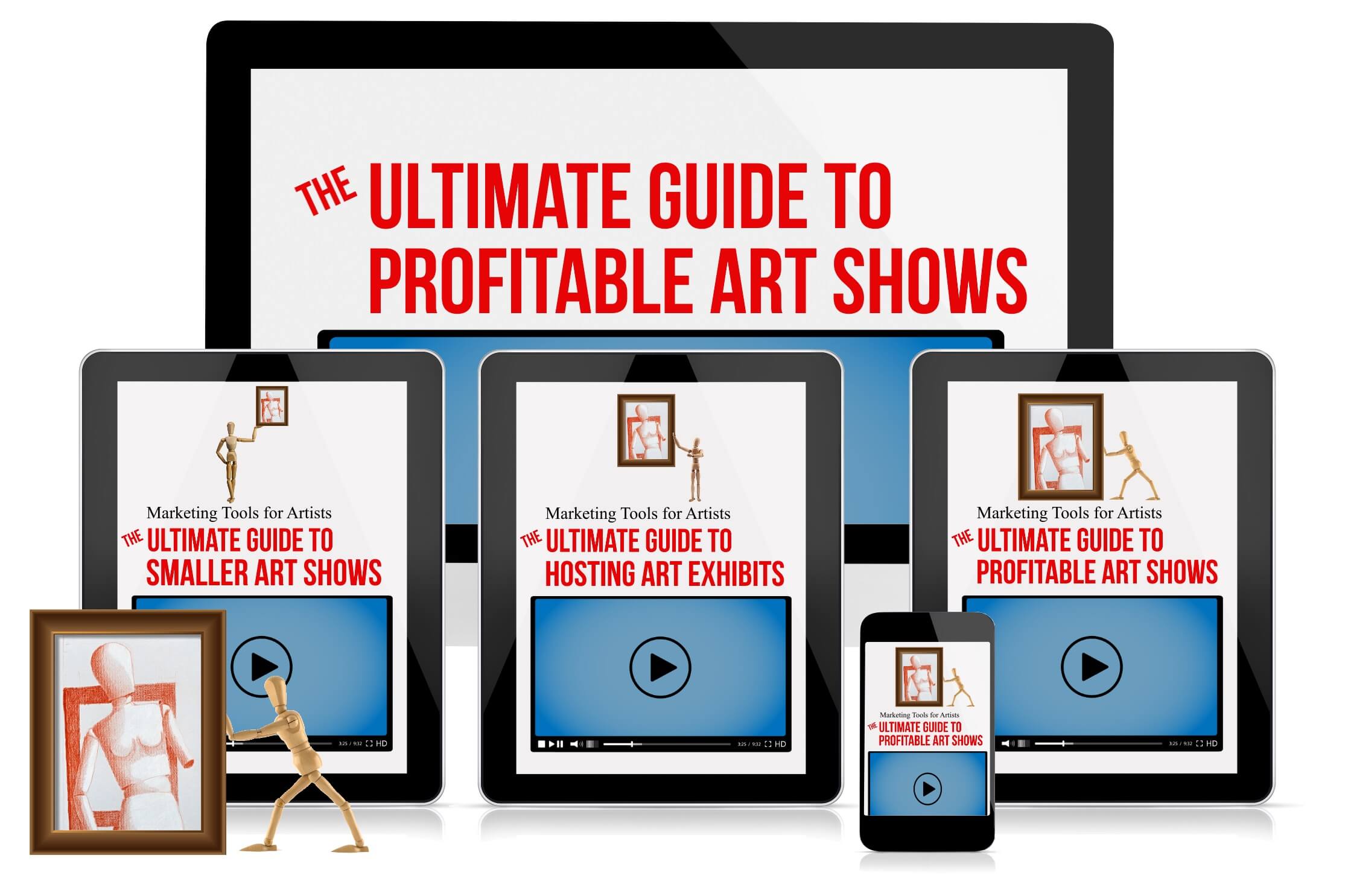
"I'd never really done art shows before, but after I got The Ultimate Guide to Profitable Art Shows, I did over $15,000 in business from my very first show!
I only had two prints for sale in my booth, and I only used a small fraction of what was in the course; I can't wait to implement more!
If you're an artist, you NEED this course!"

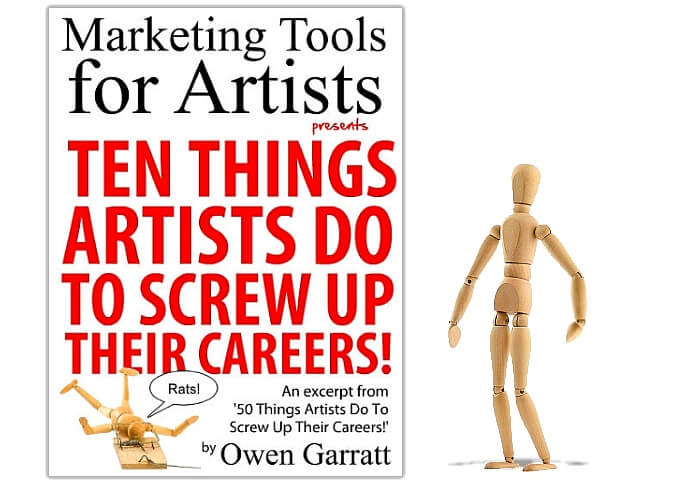
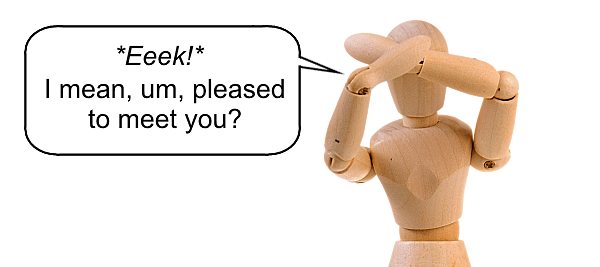
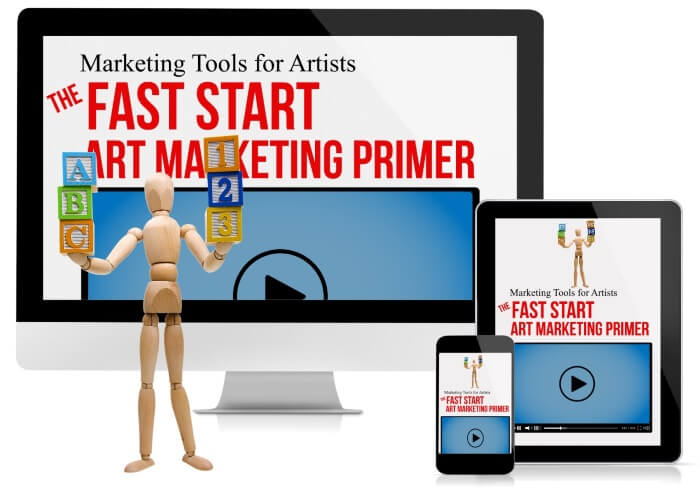

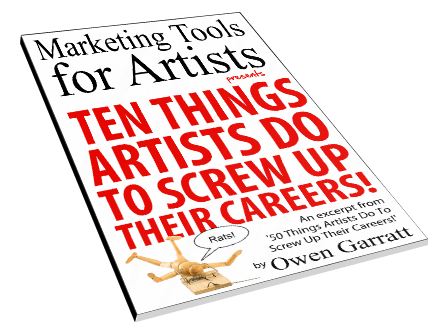
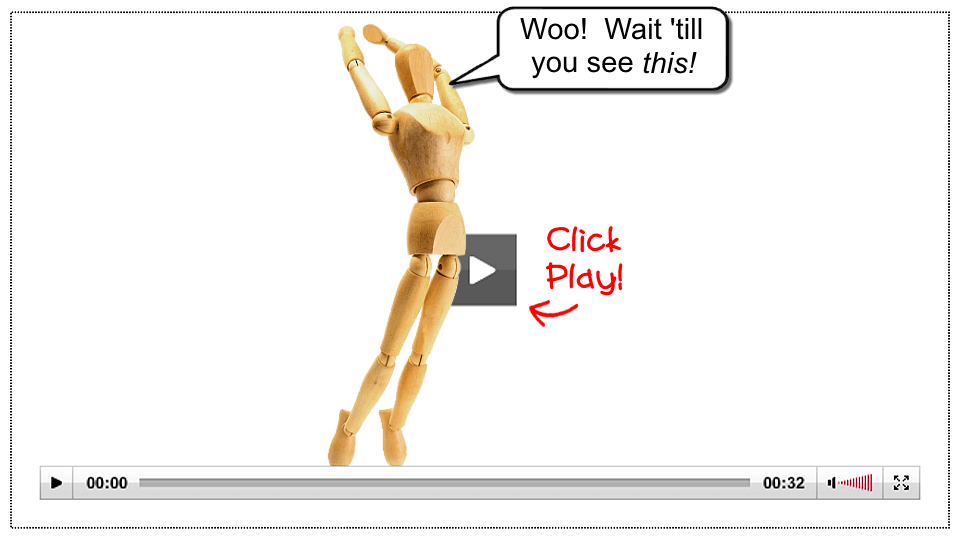
Hi Owen.
I use my IPhone 4S a majority of the time.
Once I purchase your course, will I be able to access all the material on my smartphone?
Thank you.
Hey Lisa! You bet! If you can watch YouTube, you can also stream our courses! (They’re not on YouTube, that’s just an example!) 😉